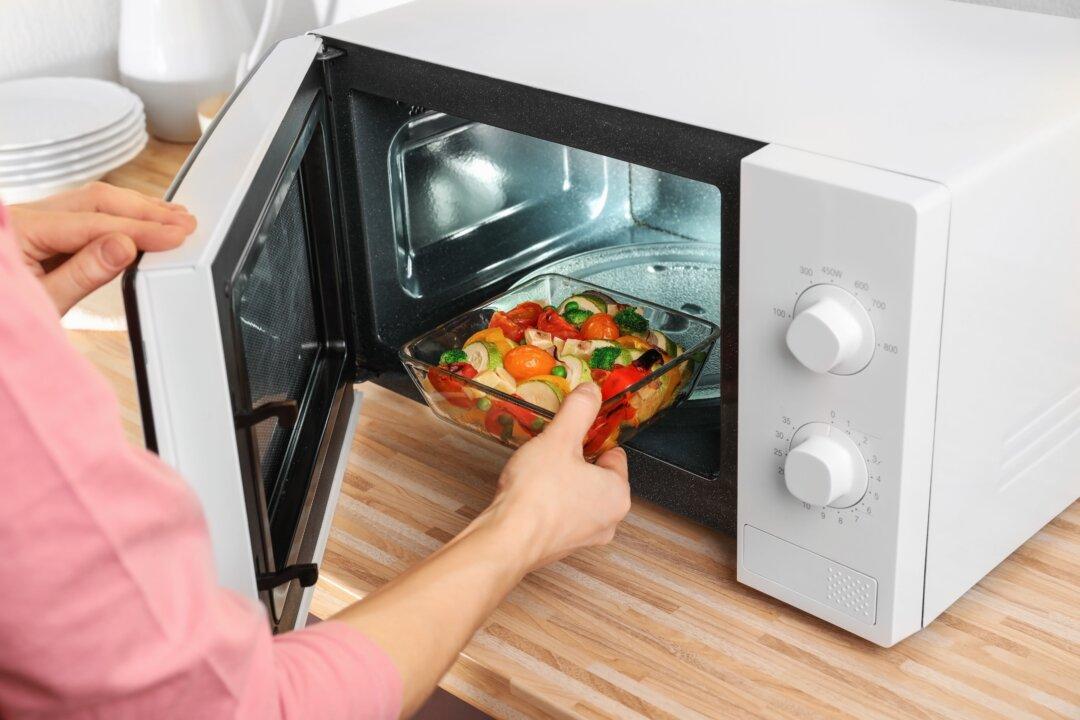Did you know that microwaving your food is one of the most damaging things you can do to reduce food quality and nutrition?
I can remember the days growing up in the 1950s and 1960s, when we prepared foods without a microwave oven. Water was boiled on the stove. Chicken was baked in an oven. Vegetables were steamed, baked, or sautéed. Food was whole and fresh. Even a TV dinner was baked in the oven, which took about 15 minutes to warm.

